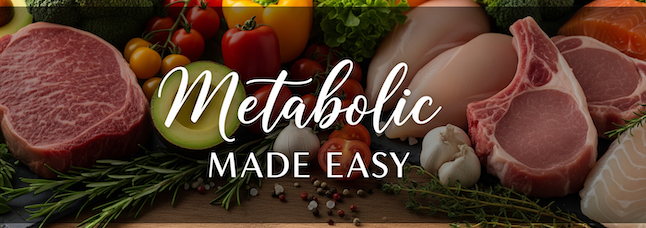Nutrition Strategies While Hospitalized on a Keto or Low-carb Diet
Key Strategies
- Notify Your Care Team on Admission
- Ask for a consult with the hospital’s registered dietitian (RD) who knows ketogenic therapy.
- Bring your macro/ketone ratio, sample menus, and any care letters from your outpatient keto team.
- If available, request a chart alert (e.g., “Ketogenic Diet / No Sugars”). See guidance: Connecticut Children’s KD Pathway (PDF).
- Bring Your Own Keto-Friendly Staples & Tools
- Pre-portioned nuts/seeds, full-fat cheese, MCT oil, sugar-free nut butter, “fat bombs.”
- Small kitchen scale; ask the kitchen for extra butter, olive oil, or heavy cream to meet ratios.
- Customize Standard Tray Items
- Swap toast/cereal/fruit for extra eggs or bacon.
- Request plain meat or fish (no breading/sugary sauces) with non-starchy vegetables + butter/oil.
- Order side salads; ask for olive oil & vinegar or full-fat dressing on the side.
- Advocate for Safe IV Fluids & Medications
- Confirm carbohydrate-free IV fluids (e.g., normal saline) unless treating hypoglycemia.
- Have pharmacy review meds for hidden carbs (dextrose, lactose, propylene glycol). Helpful guidance: Matthew’s Friends – Hospital Guidance, KetoCollege Hospital Guidance (PDF), CHOC Ketogenic Diet Guidelines (PDF).
- Monitor & Record
- Continue glucose/ketone checks (e.g., every 4 hours if NPO or unwell); bring your own meter/strips.
- Have a plan for low glucose or excessive ketones per your clinician’s protocol. See: Matthew’s Friends – Hospital Guidance.
Who to Talk To
- Ketogenic/Metabolic RD – tailors meals and monitors labs/ratios.
- Pharmacist – screens IV fluids and meds for hidden carbohydrates.
- Primary & Charge Nurse – reinforce strict no-added-carb orders and fat targets.
- Attending Physician – writes an order set specifying a ketogenic protocol.
- Patient Advocate – helps escalate access to appropriate diet support if needed.
Sample Keto-Friendly Meal Requests
Breakfast
- Scrambled or fried eggs cooked in butter/olive oil
- Bacon, sausage patties, or sliced ham
- Half avocado with extra olive oil
- Black coffee or tea with heavy cream
Lunch
- Grilled chicken, turkey, or fish (no breading; no sweet sauces)
- Spinach/mixed greens salad with olive oil & vinegar
- Steamed broccoli or green beans tossed in butter
- Cheese plate (cheddar, mozzarella, cream cheese)
Dinner
- Pan-seared steak or pork chop with herb butter
- Roasted asparagus or zucchini with olive oil/Parmesan
- Sautéed mushrooms in garlic butter
Optional add-ons (if allowed): olives, seeds, keto broth, extra butter/oil to meet ratios.
Hospital Foods to Avoid
- Bread, bagels, rolls, English muffins
- Cereal, oatmeal, pancakes, waffles
- Potatoes (mashed, fries), rice, pasta, sweet potatoes
- Fruit juices; fruit cups in syrup
- Desserts (pudding, cake, ice cream)
- Sweetened yogurts, flavored milks, sugary gelatin
Keto Meal Plan Resources from Hospitals & Programs
- Cleveland Clinic – Ketogenic Treatment Sample Plan (PDF)
- Boston Children’s Hospital – Ketogenic Diet Overview
- Connecticut Children’s – Ketogenic & Modified KD Clinical Pathway (PDF)
- CHOC Children’s – Ketogenic Diet Clinical Guidelines (PDF)
- Matthew’s Friends – Hospital Guidance for Ketogenic Therapy
- KetoCollege – Hospital Guidance (PDF)
- Diet Doctor – Ordering Low-Carb Food in the Hospital
Additional Patient Tips
- Emergency “Keto-Shake” Kit: Bring ingredients (e.g., MCT oil, heavy cream, unsweetened protein) to bridge gaps.
- Label Brought-In Foods: “High-Fat, Zero-Carb” to help staff handle safely.
- Procedures & Fasting: Confirm carb-free fasting orders; discuss fluids and acid–base monitoring for longer fasts (see PDFs above).
- Micronutrients & Hydration: Ask about supplements (e.g., potassium citrate) and hydration plans to reduce stone risk and side effects.
Disclaimer: All diets should be supervised by your healthcare team. Always follow individualized medical and dietetic advice.
